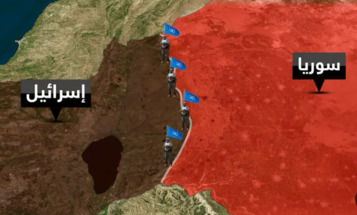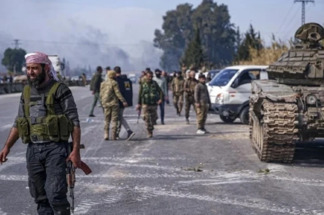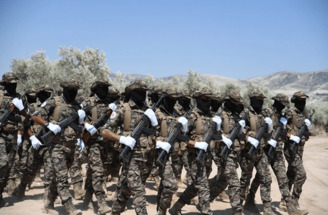-
Survey Reveals Loss of Trust in Hamas and Calls for Authority Control in Gaza!
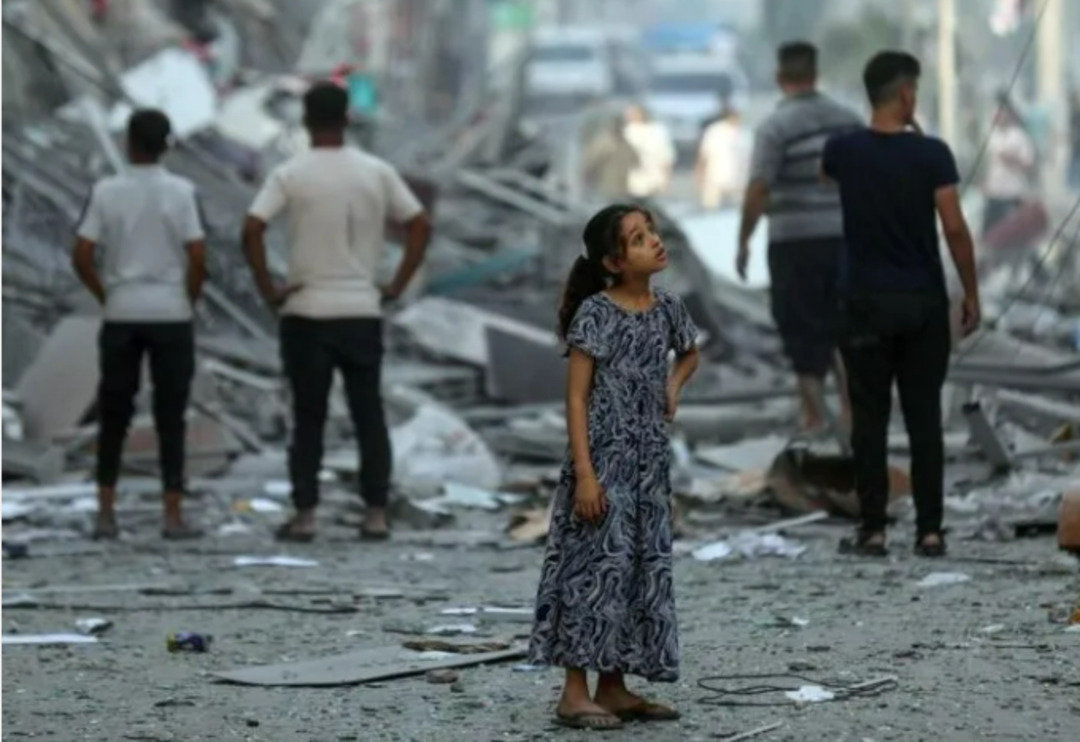
Survey Reveals Loss of Trust in Hamas and Calls for Authority Control in Gaza
A recent survey conducted in the West Bank and Gaza Strip has shown a significant decline in the popularity of Hamas, alongside rising anger over the repercussions of the October 7 attack, which resulted in widespread destruction and heavy human casualties.
The public opinion poll, conducted by the Palestinian Center for Policy and Survey Research in the West Bank and Gaza Strip from September 3 to 7, 2024, indicated a sharp decline in Hamas's popularity among Palestinians.
This decline reflects the widespread public anger over the aftermath of the October 7, 2023 attack, which caused massive destruction in the Gaza Strip, where more than 41,000 Palestinians were killed, and tens of thousands of women and children sustained injuries and permanent disabilities. The attack also displaced millions of residents and disrupted education for hundreds of thousands of students at all educational levels in Gaza.
Read also: Statements from "Khaled Mishal" confirm Hamas's continued draining of Gaza.
For the first time since the outbreak of the war in October 2023, the survey showed a noticeable decrease in support for the attack that day, whether in Gaza or the West Bank, along with a decline in support for Hamas. The results also revealed an increasing tendency in the Gaza Strip to prefer the return of the Palestinian Authority to control the Gaza Strip after the war, rather than continued Hamas dominance.
Despite this decline, Hamas remains the most popular Palestinian faction. However, the survey indicated a significant increase in support for a two-state solution, along with a clear decrease in support for armed struggle, with growing preferences for negotiations as a more effective tool to achieve an end to the occupation.
The timing of the survey coincided with ongoing military operations in Gaza and failed attempts to reach a permanent ceasefire, alongside rising clashes in the West Bank between Israeli forces and armed Palestinian groups, especially in the northern West Bank.
Meanwhile, Israel has imposed strict restrictions on the movement of Palestinians in the West Bank, closing off the entrances to many villages and towns to prevent their residents from accessing main roads. Settler aggressions against unprotected villages in Areas "B" and "C" continued.
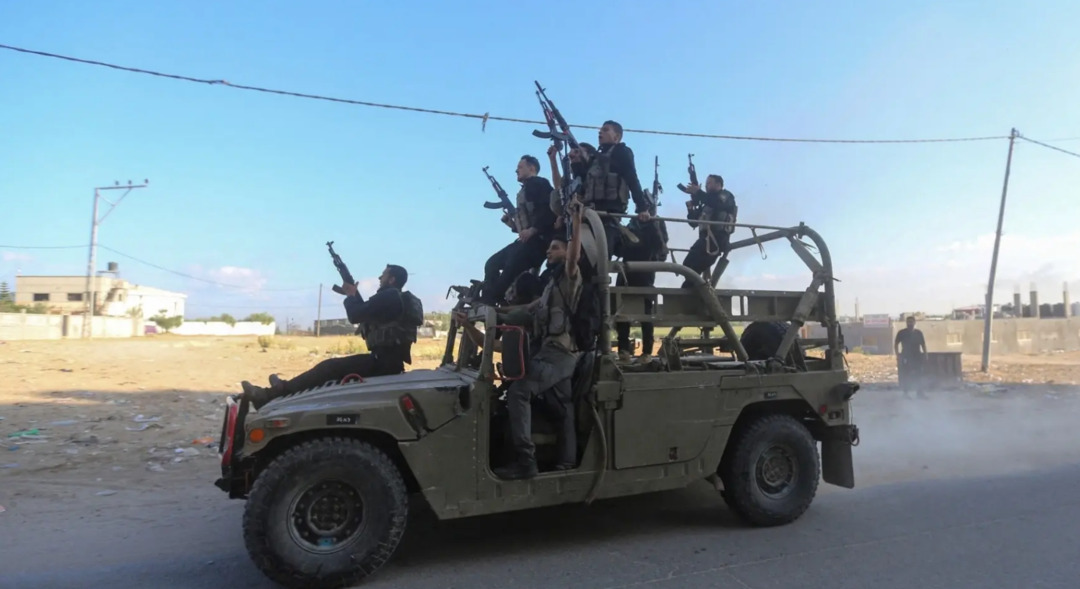
The survey addressed many vital issues, including the internal balance of Palestinian powers post-war, Palestinian attitudes toward peace, and the alternatives proposed amid the stagnation of the political process. The sample size for the survey was 1,200 individuals, including 790 in the West Bank and 410 in the Gaza Strip. Interviews were conducted in 79 locations in the West Bank and 41 locations in Gaza, with the Gaza interviews limited to relatively safe areas such as Khan Younis and shelters in the central region, excluding the besieged northern areas.
Read More:
Lebanon at a Crossroads: Hezbollah's Role and the Shadow of Iran
The Ministry of Health in Gaza reported over 41,000 Palestinian deaths since the October 7 attack, while a large part of the Gaza Strip has been destroyed and about 90% of its population, totaling 2.3 million, has been displaced.
Levant - Agencies
You May Also Like
Popular Posts
Caricature
BENEFIT Sponsors BuildHer...
- April 23, 2025
BENEFIT, the Kingdom’s innovator and leading company in Fintech and electronic financial transactions service, has sponsored the BuildHer CityHack 2025 Hackathon, a two-day event spearheaded by the College of Engineering and Technology at the Royal University for Women (RUW).
Aimed at secondary school students, the event brought together a distinguished group of academic professionals and technology experts to mentor and inspire young participants.
More than 100 high school students from across the Kingdom of Bahrain took part in the hackathon, which featured an intensive programme of training workshops and hands-on sessions. These activities were tailored to enhance participants’ critical thinking, collaborative problem-solving, and team-building capabilities, while also encouraging the development of practical and sustainable solutions to contemporary challenges using modern technological tools.
BENEFIT’s Chief Executive Mr. Abdulwahed AlJanahi, commented: “Our support for this educational hackathon reflects our long-term strategic vision to nurture the talents of emerging national youth and empower the next generation of accomplished female leaders in technology. By fostering creativity and innovation, we aim to contribute meaningfully to Bahrain’s comprehensive development goals and align with the aspirations outlined in the Kingdom’s Vision 2030—an ambition in which BENEFIT plays a central role.”
Professor Riyadh Yousif Hamzah, President of the Royal University for Women, commented: “This initiative reflects our commitment to advancing women in STEM fields. We're cultivating a generation of creative, solution-driven female leaders who will drive national development. Our partnership with BENEFIT exemplifies the powerful synergy between academia and private sector in supporting educational innovation.”
Hanan Abdulla Hasan, Senior Manager, PR & Communication at BENEFIT, said: “We are honoured to collaborate with RUW in supporting this remarkable technology-focused event. It highlights our commitment to social responsibility, and our ongoing efforts to enhance the digital and innovation capabilities of young Bahraini women and foster their ability to harness technological tools in the service of a smarter, more sustainable future.”
For his part, Dr. Humam ElAgha, Acting Dean of the College of Engineering and Technology at the University, said: “BuildHer CityHack 2025 embodies our hands-on approach to education. By tackling real-world problems through creative thinking and sustainable solutions, we're preparing women to thrive in the knowledge economy – a cornerstone of the University's vision.”
opinion
Report
ads
Newsletter
Subscribe to our mailing list to get the new updates!

